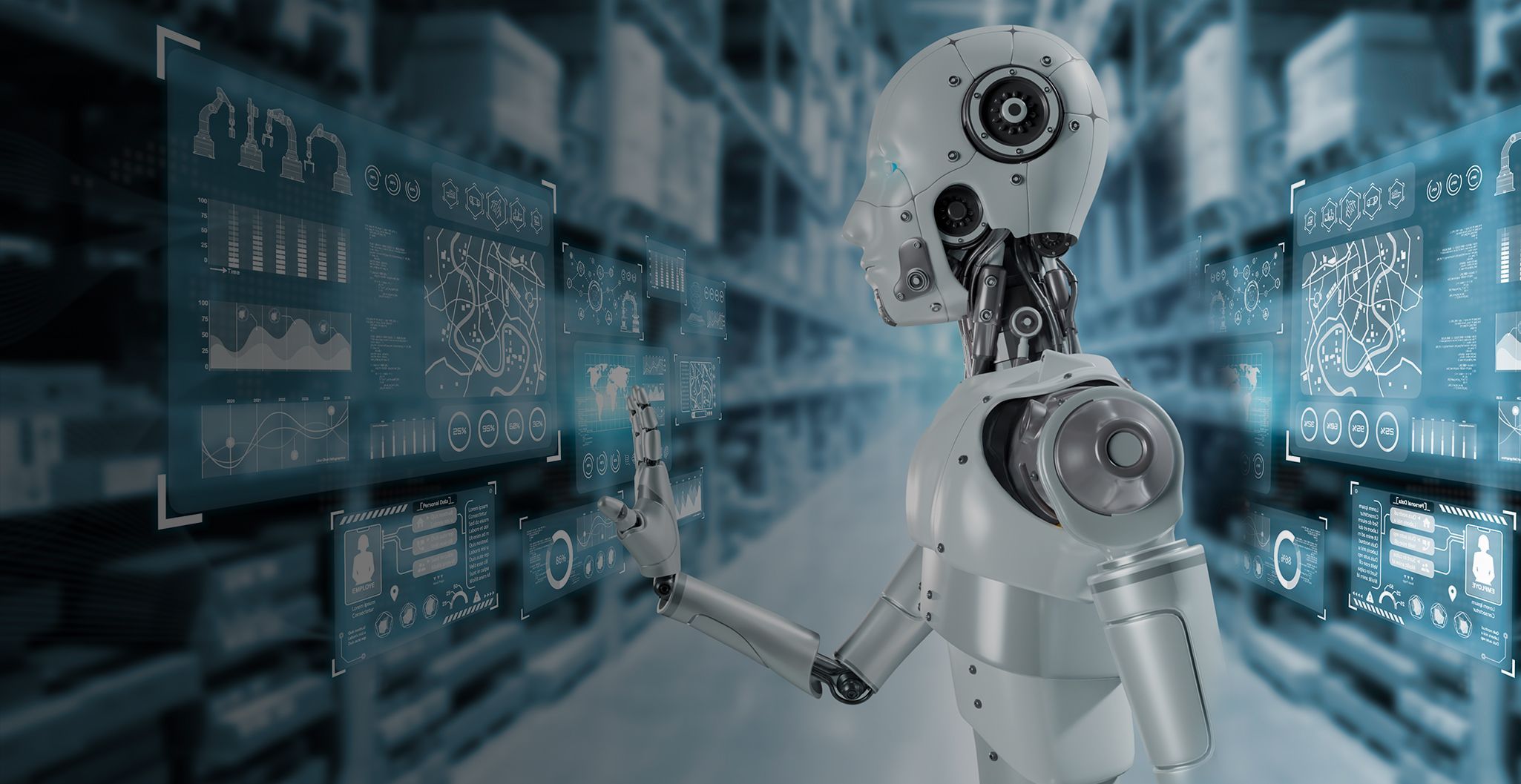
Generative artificial intelligence continues to break both legal and technical ground as the complexity of this technology grows and users increasingly rely on it to write software and generate new characters, stories, and ideas. Whether and how developers utilize Generative AI may depend on their understanding of the potential legal risks arising from such use and the impact it could have on their ownership of the end product or exposure to litigation. This session will discuss the legal issues raised by Generative AI and practical steps that developers can implement immediately, including:
1. Building your own Generative AI or licensing an existing model
2. Assessing inputs and outputs
3. Copyright infringement, breach of contract, and other legal risks
4. Best practices: managing risks while promoting innovation
Contacts
Rebecca Poizner
rpoizner@wsgr.comPresenters

Barath Chari is a partner in Wilson Sonsini’s San Francisco office. Barath represents technology companies at all stages of growth, from bootstrapped start-ups to leading global enterprises, in complex business transactions involving technology and intellectual property. He also has deep experience in assisting technology companies and their investors with mergers, acquisitions, divestitures, and financing matters. A Washington, D.C., transplant resident in the firm’s San Francisco office, Barath understands how the federal government transacts with technology companies, and helps technology companies sell products to federal government customers and collaborate with the federal government on research and development. He also leverages his pre-law experience as a software engineer to provide informed legal advice on technical topics such as open source software.

Christopher focuses his practice on outsourcing transactions, commercial agreements, and technology-related transactions such as licensing and strategic relationships.
- Privacy Policy
- Terms of Use
- Accessibility